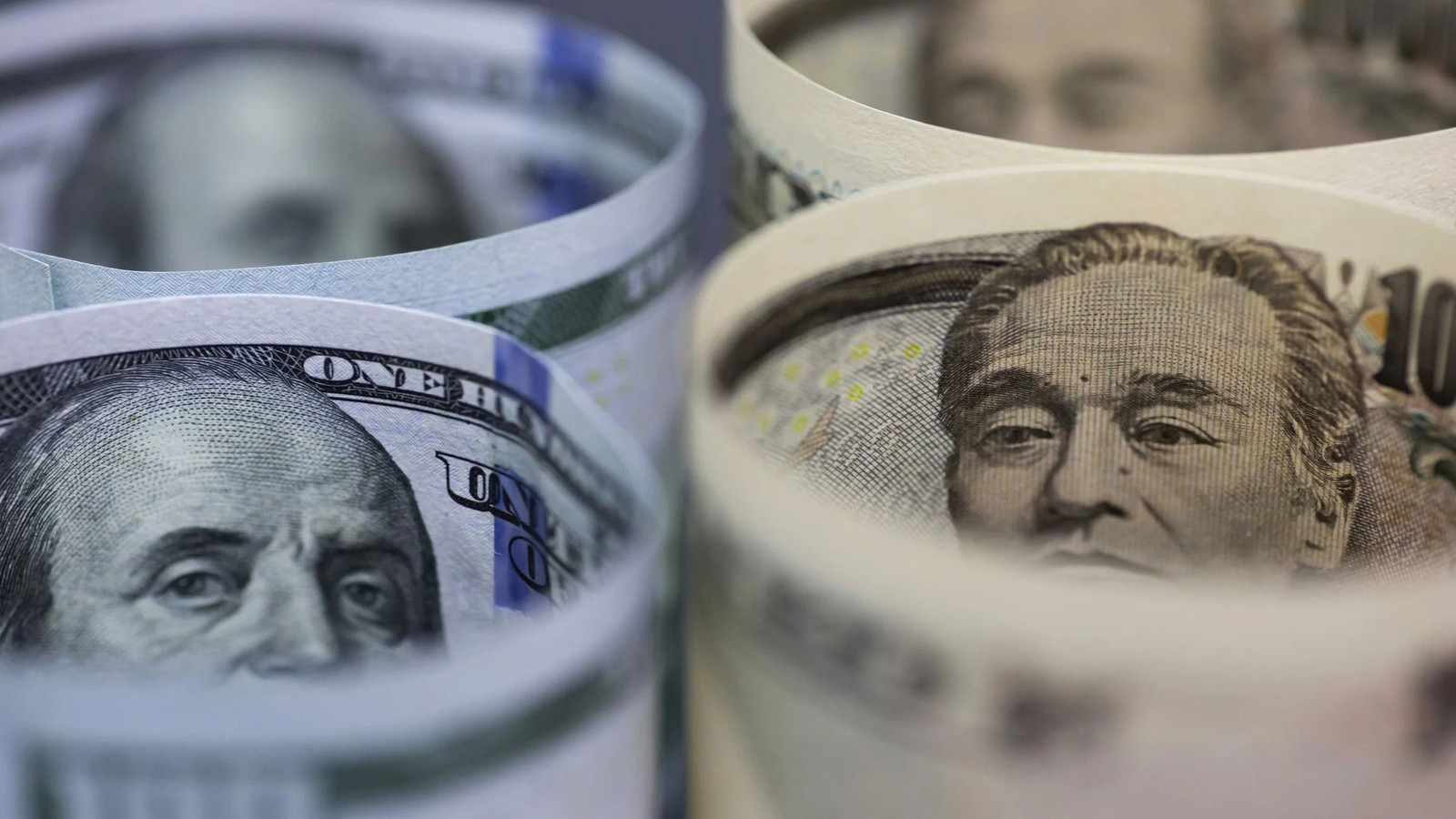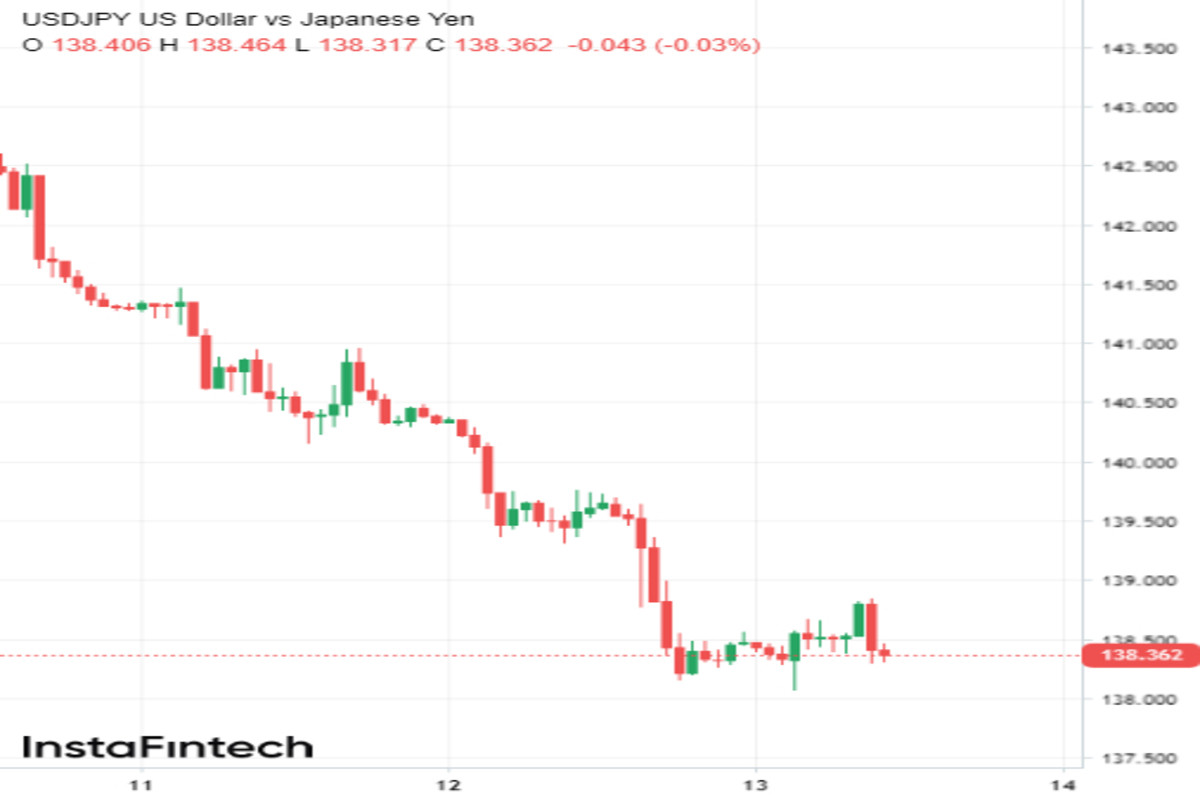
Yesterday proved to be a bleak day for the US dollar. The American currency experienced its most significant sell-off in the past five months following the release of weak inflation data in the United States. Against this backdrop, the USD/JPY pair began to nosedive. Can the major currency pair escape this slump or is it now doomed to further decline?
Cold shower for USD bulls
The key report of this week, closely monitored by traders, was yesterday's publication of US inflation data for June.
Even before its release, the US dollar had been heading downwards, anticipating an unfavorable outcome. Economists had forecasted a substantial slowdown in consumer prices for the previous month.
However, the actual data turned out to be even weaker than preliminary estimates, further undermining the already weakening dollar.
Year-on-year inflation rose by 3% instead of the expected 3.1%. The core CPI, which excludes food and energy prices, declined to 4.8% compared to the forecast of 5.0%. It is worth noting that in the previous month, these indicators stood at 4% and 5.3% respectively.
A sharp decline in US consumer prices has hardly affected market expectations regarding a rate hike in the current month. Most traders remain confident that the Federal Reserve will raise rates by a quarter of a percentage point at its next meeting.
However, now that the disinflationary trend in the United States has become even stronger, investors have serious doubts that the US central bank will initiate another round of tightening after July 26th.
"A softer report on core inflation confirms the market's initial belief that the US central bank will only be able to raise rates once in this cycle," noted analyst Simon Harvey.
Currently, the likelihood of a second rate increase in the current half of the year is estimated at approximately 25% although it stood at 35% before the release of the CPI data.
The prospect that the Federal Reserve may soon put an end to its current tightening cycle has exerted significant downward pressure on US bond yields across the yield curve, and consequently, on the USD/JPY pair, which is heavily influenced by these indicators.

Against the backdrop of a sharp decline in bond yields, the currency pair plummeted by 1.4% yesterday, closing at its lowest level in a month at 138.37. Over the past five sessions, the dollar has depreciated against its Japanese counterpart by more than 4%.
Glimmer of hope for JPY
Many analysts believe that the Japanese currency may become the main beneficiary of the dovish policy shift in the US, and they forecast further confident strengthening of the JPY over the next few months.
If the July rate hike marks the end of the current tightening cycle, it will definitely end the yen's downward trend that has been in place since March 2022 when the Federal Reserve began its extensive anti-inflation campaign.
Some experts also predict that JPY will receive significant support in the second half of the year from increased speculation about an imminent turn in the policy of the Bank of Japan.
Currently, the majority of market participants have no doubt that the Bank of Japan (BOJ) will maintain its ultra-loose policy, characterized by negative interest rates, this month.
However, more and more investors believe that the BOJ will make a significant hawkish shift at the July meeting by adjusting its yield curve control (YCC) policy.
The change in YCC could be the central bank's first step towards changing its monetary course and fuel traders' expectations of rate hikes in Japan.
"We would not rule out the possibility of further widening of the YCC band at this month's meeting, followed by a rapid decline in the dollar/yen pair," shared Adam Cole, a currency strategist at RBC Capital Markets.
His colleague at SMBC Nikko Securities, Yoshimasa Maruyama, holds a more radical view. He believes that the Bank of Japan currently has a reason not only to change its yield curve control policy but also to completely abandon it.
The expert cites noticeable improvements in wage growth and consumer prices in Japan, as well as strong volatility in local government bond yields trending higher. This week, the yield on 10-year bonds once again approached the limit of 0.50%.
A possible YCC correction in July is also suggested by a recent comment from BOJ Deputy Governor Shinichi Uchida. The official made it clear that at this stage, there is no discussion of raising rates but he did not exclude the possibility of changing the structure of the yield curve control.
"Speculation about a YCC correction ahead of the July BOJ meeting is much stronger than before the previous meeting. And what is missing is any explicit resistance to these speculations from Japanese officials, which further strengthens the belief that anything is possible," noted Kit Jukes, an analyst at SocGen.
Short-term forecast for USD/JPY
Today, the focus of USD/JPY traders will be on two reports from the United States. On Thursday, the Producer Price Index (PPI) and the weekly release of initial jobless claims from the Department of Labor will be published.
Positive data may provide some support for the dollar against the yen, considering the current oversold condition of the currency pair. However, a significant recovery in USD is very unlikely as it is still under bearish pressure.
Selling pressure may intensify if USD/JPY breaks below the 138.00 level, which would lead to the 200-day EMA at 136.38 becoming the next support.
Conversely, if the quote manages to bounce back and reclaim the 139.00 level, it could pave the way for a confident recovery and the resumption of an upward trend.





















